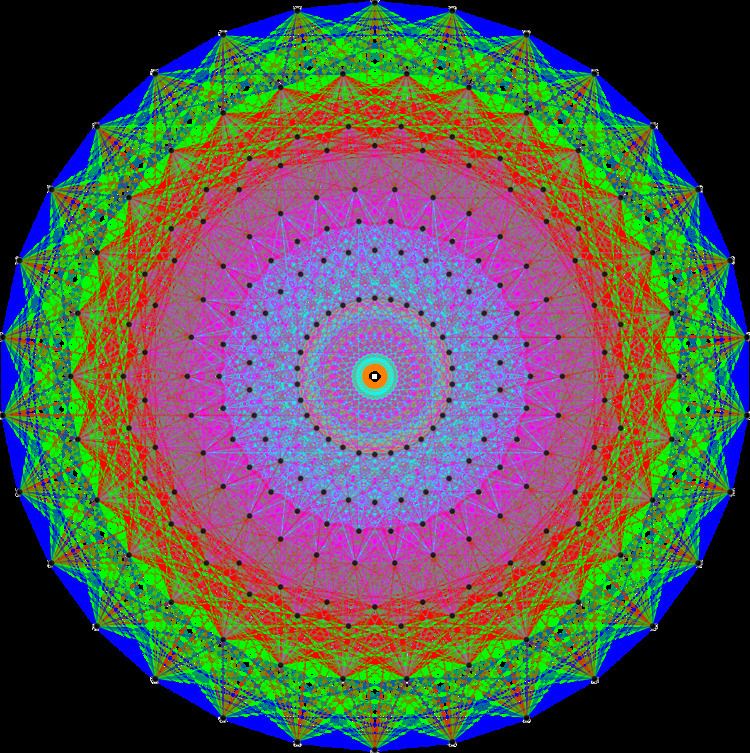 | ||
This article gives a table of some common Lie groups and their associated Lie algebras.
Contents
- Real Lie groups and their algebras
- Real Lie algebras
- Complex Lie groups and their algebras
- Complex Lie algebras
- References
The following are noted: the topological properties of the group (dimension; connectedness; compactness; the nature of the fundamental group; and whether or not they are simply connected) as well as on their algebraic properties (abelian; simple; semisimple).
For more examples of Lie groups and other related topics see the list of simple Lie groups; the Bianchi classification of groups of up to three dimensions; and the list of Lie group topics.
Real Lie groups and their algebras
Column legend
Real Lie algebras
Table legend:
Complex Lie groups and their algebras
The dimensions given are dimensions over C. Note that every complex Lie group/algebra can also be viewed as a real Lie group/algebra of twice the dimension.
Complex Lie algebras
The dimensions given are dimensions over C. Note that every complex Lie algebra can also be viewed as a real Lie algebra of twice the dimension.
